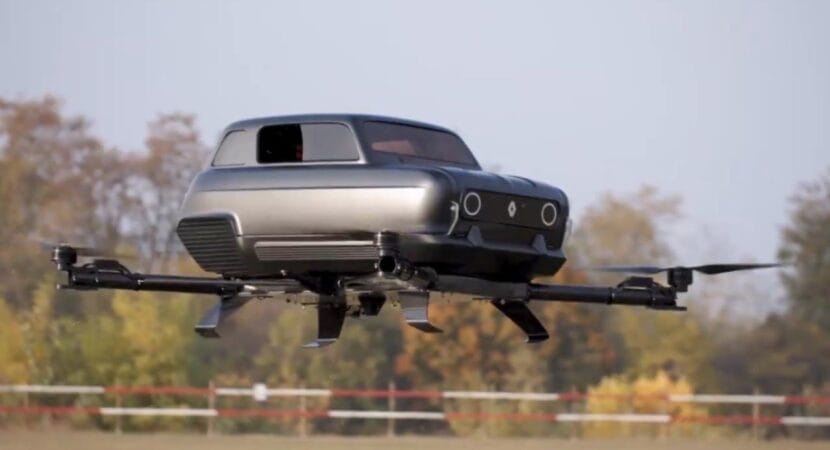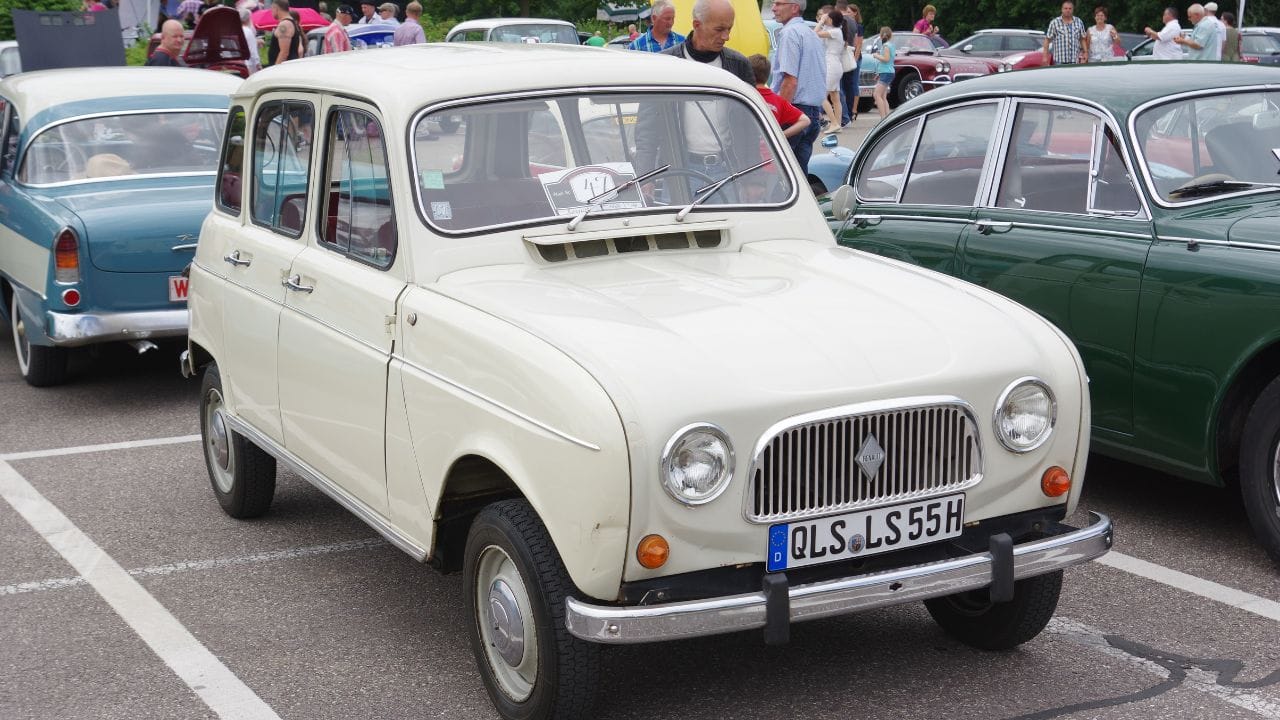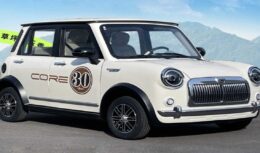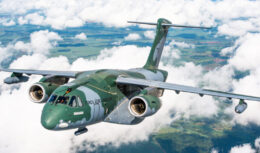
In a vibrant tribute to its iconic 60s compact, Renault launches a futuristic vision with the AIR4, promising to redefine urban mobility by literally rising above the conventional.
In celebration of the 60th anniversary of the legendary compact four, Renault dares to reveal the AIR4, an audacious interpretation that redefines the frontiers of automotive innovation. This flying design is not just a tribute, but a challenging look at how the iconic silhouette could evolve over the next 60 years. Although Renault is reviving the 4, with more than 8 million units sold between 1962 and 1991, it is crucial to adjust expectations: the AIR4's flying ability remains a dream far from reality commercial.
The AIR4, however, shares more than just an aesthetic lineage with the upcoming battery-powered Renault 4. Replacing steel wheels with four twin-bladed propellers, the AIR4 is a fusion of tradition and futuristic technology. The 'automotive drone' features a centrally mounted carbon fiber cockpit and cockpit accessible via a front hinge, this innovative design preserves the essence of the original whilst promising aerial performance.
And the 'engine' of the Renault AIR4
Equipped with 90.000 milliampere-hour batteries, the AIR4 aims for a maximum horizontal speed of 93 kilometers per hour and a maximum altitude of 700 meters, with each propeller generating 95 kilograms of vertical thrust. This promise of air mobility contrasts with a stripped-down interior, reinforcing Renault's commitment to simplicity and efficiency.
The fascination with AIR4 transcends mere curiosity; it represents humanity's aspiration for personal flight, freeing us from the chains of terrestrial transit. Even though a pilot's license is not within everyone's reach and practical limitations remain, the AIR4 is a testament to Renault's innovation and imagination, despite being presented as a concept car with no production plans for flight.
By presenting AIR4, the 'automotive drone', Renault not only celebrates its legacy, but also signals a future in which innovation and tradition go hand in hand. Even as the dream of flying cars remains on the fringes of reality, AIR4 serves as a vibrant reminder of the infinite possibilities that await on the mobility journey.
History and legacy of the Renault 4

Developed as a direct competitor to the Citroën 2CV, the R4 was designed to suit a wide range of users – from families to farmers and urban dwellers. Its conception was centered on simplicity and functionality, but not without innovations. The introduction of front-wheel drive, torsion bar suspension, and rack and pinion steering were just some of the revolutionary features that defined the R4 as a vehicle ahead of its time.
Considered the world's first mass-production hatchback, the R4 stood out for its versatility and reliability. Its ability to adapt to various needs, with a wide load area and a variety of versions, including the Rodeo and GTL, has reinforced its status as a vehicle for everyone. And, its updates over the years – from mechanical improvements to aesthetic additions like the panoramic roof – have kept the R4 relevant and loved by its users.
Despite the end of its production in 1994, due to new environmental regulations, the Renault 4 remains an icon. With more than 8 million units sold, its impact on the automobile industry and popular culture is undeniable. For collectors and enthusiasts, the R4 is not just a car; It is a piece of history, a reminder of the democratization of mobility provided by Renault.
The R4 in Brazil and beyond
The history of the R4 also left its mark in Brazil, being produced at the Santa Isabel plant, in Córdoba, Argentina, and standing out for its adaptability. The various variants, including vans and pickup versions, demonstrate the R4's ability to meet specific needs, highlighting its importance not only as a passenger vehicle, but also as a work tool.
Renault's celebration of 60 years of the R4 is a recognition of how the R4 continues to influence automotive design and innovation to this day. By looking to the future with projects like AIR4, Renault honors the vision and audacity that brought the R4 to life, reaffirming its commitment to innovation and accessible mobility for all.











